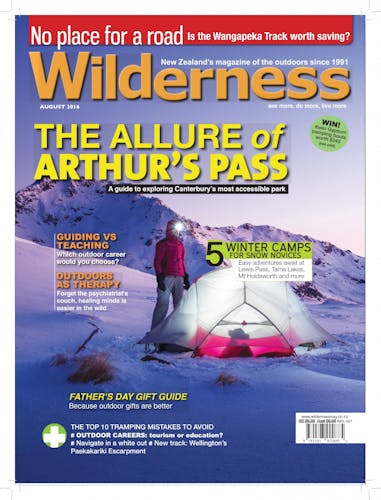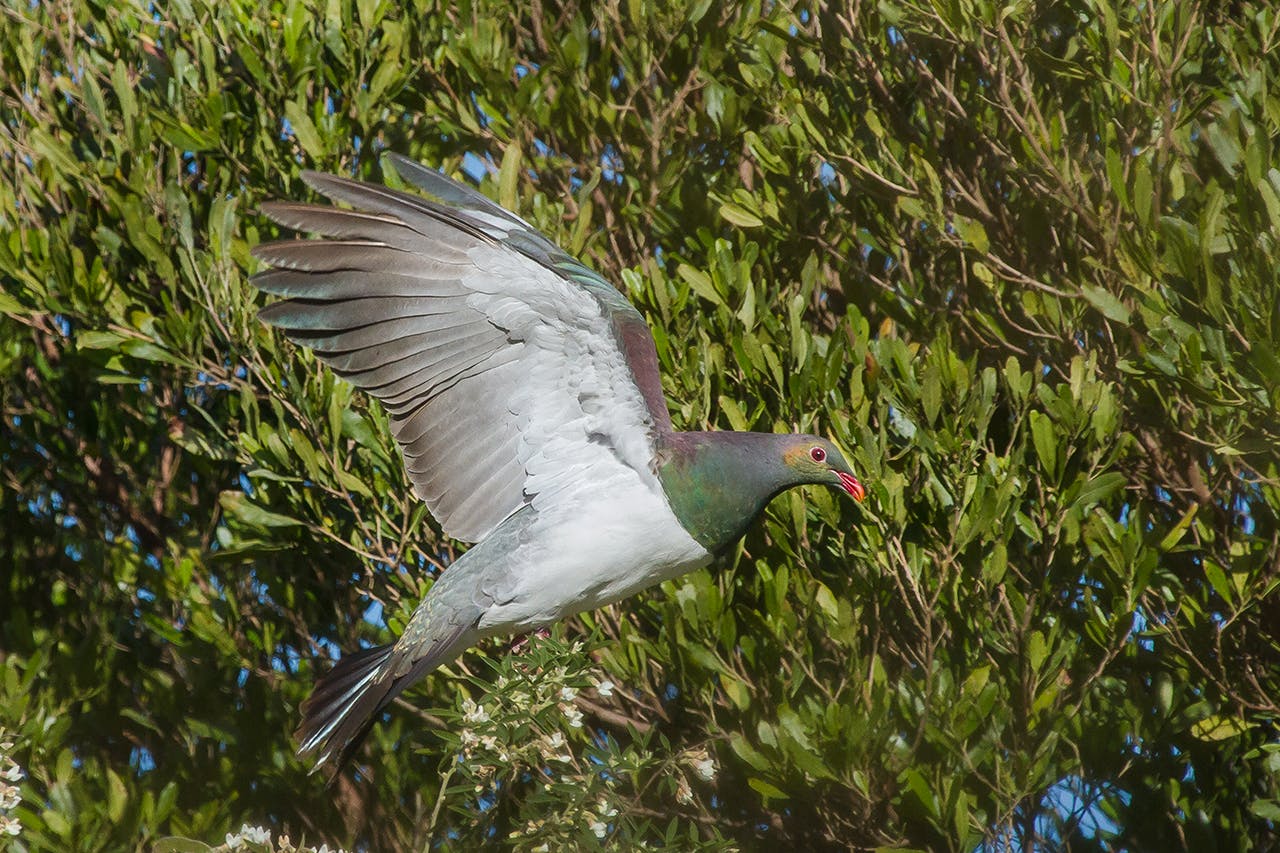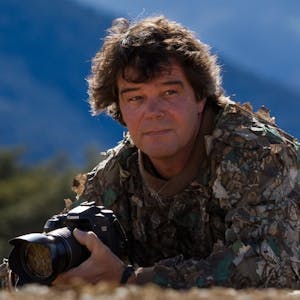The kereru is a beautiful bird that breeds all year around
At around 50cm long and weighing up to 850g, the wood pigeon, or kereru, is one of our largest endemic birds. Its size and habit of roosting in prominent places such as the tops of trees and power pylons, makes it difficult to miss.
Although there is some individual variation, in general, the upper parts of adult kereru are blue-green, with a lovely purple-bronze iridescence on the neck, mantle and wings. The under-parts are a contrasting white with a sharp demarcation between the white and blue-green on the upper breast. The eyes and feet are crimson while the beak is a beautiful rich red. Juveniles can be identified by having duller plumage and often the chest is a smudgy white-grey.
Kereru have been recorded breeding in all months of the year, although normally eggs are laid between September and April. The 28-day incubation period is completed by both parents. Interestingly, they have a daily routine of the female incubating from late afternoon until mid-morning at which time the male takes over.
When fruit is readily available, pairs are able to have overlapping nesting attempts – a large chick in one nest and an egg being incubated in another. Some birds that have failed nesting attempts often re-nest within a week or two.
Kereru are frugivors with a diet including buds, leaves, flowers and fruit from a wide variety of species, both native and introduced. They will travel long distances for food – some tagged kereru have been recorded travelling up to 60km to reach autumn food sources. One Southland individual travelled 480km over a 100 day period which included four crossings of Foveaux Strait.
Because kereru are the only seed-dispersing bird left in New Zealand with a bill big enough to swallow large fruit, such as those of karaka, miro, tawa and taraire, they are crucial to native forest regeneration.
– Matt Winter is a Marlborough-based nature photographer








